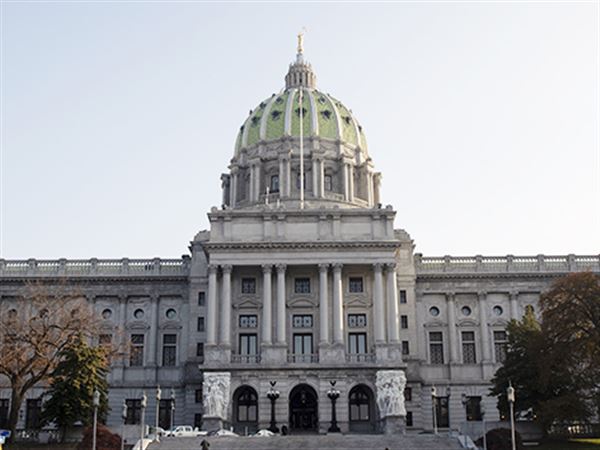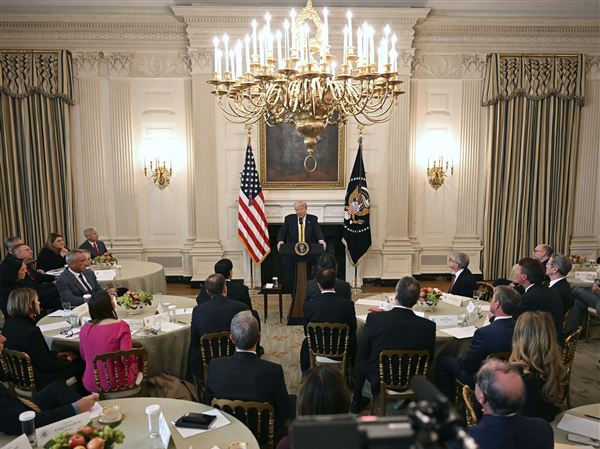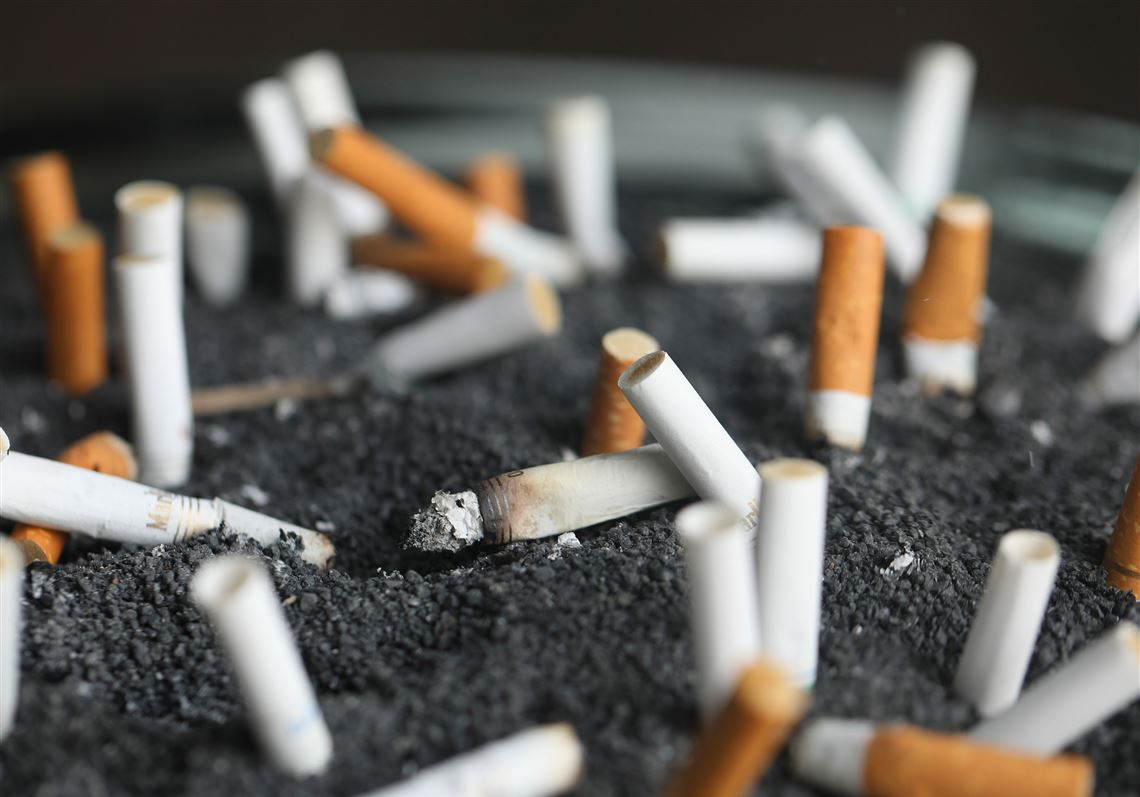Pennsylvania needs to do a better job of fighting tobacco use.
The American Lung Association gave the state poor grades in its recent “State of Tobacco Control 2020” report. The association criticized the state for inadequate funding of tobacco prevention and cessation efforts.
While people should be free to smoke if they so choose, it’s good policy for governments to encourage people to quit.
Treating people with lung cancer or other illnesses related to tobacco use is expensive, and often the burden for that care falls on taxpayers. The more tobacco users who quit, the less burden on taxpayer-funded health care.
Tobacco use also costs the economy, something that’s often forgotten.
Estimates vary, but tobacco use costs billions per year in health care and loss of productivity. One recent estimate places the annual costs in Pennsylvania at $6.8 billion per year for health care and $5.73 billion in loss of productivity. Those figures are from the Campaign for Tobacco-Free Kids, which based the findings on a number of studies.
Those figures line up with national estimates by the U.S. Centers for Disease Control and Prevention: health care costs of $170 billion and lost productivity of $156 billion annually.
In 2019, Pennsylvania will spend $1.7 million on those programs. That’s only 13% of the level recommended by the CDC. Pennsylvania can do better. Keep in mind that most of Pennsylvania’s multibillion-dollar share of the national tobacco settlement has been diverted to other needs rather than anti-tobacco efforts.
A small increase in the current $2.60 per pack cigarette tax and other tobacco taxes could certainly pay for expanded programs to help people quit smoking, chewing and snuffing.
And money spent on tobacco prevention is cost effective. For each dollar spent on tobacco prevention, a state can save up to $55 in tobacco-related health care costs, according to the CDC.
Quitting tobacco has many benefits, both to individuals and society. Pennsylvania officials should ramp up efforts and commit more funding to help people escape from tobacco addiction.
First Published: March 7, 2020, 11:15 a.m.
















